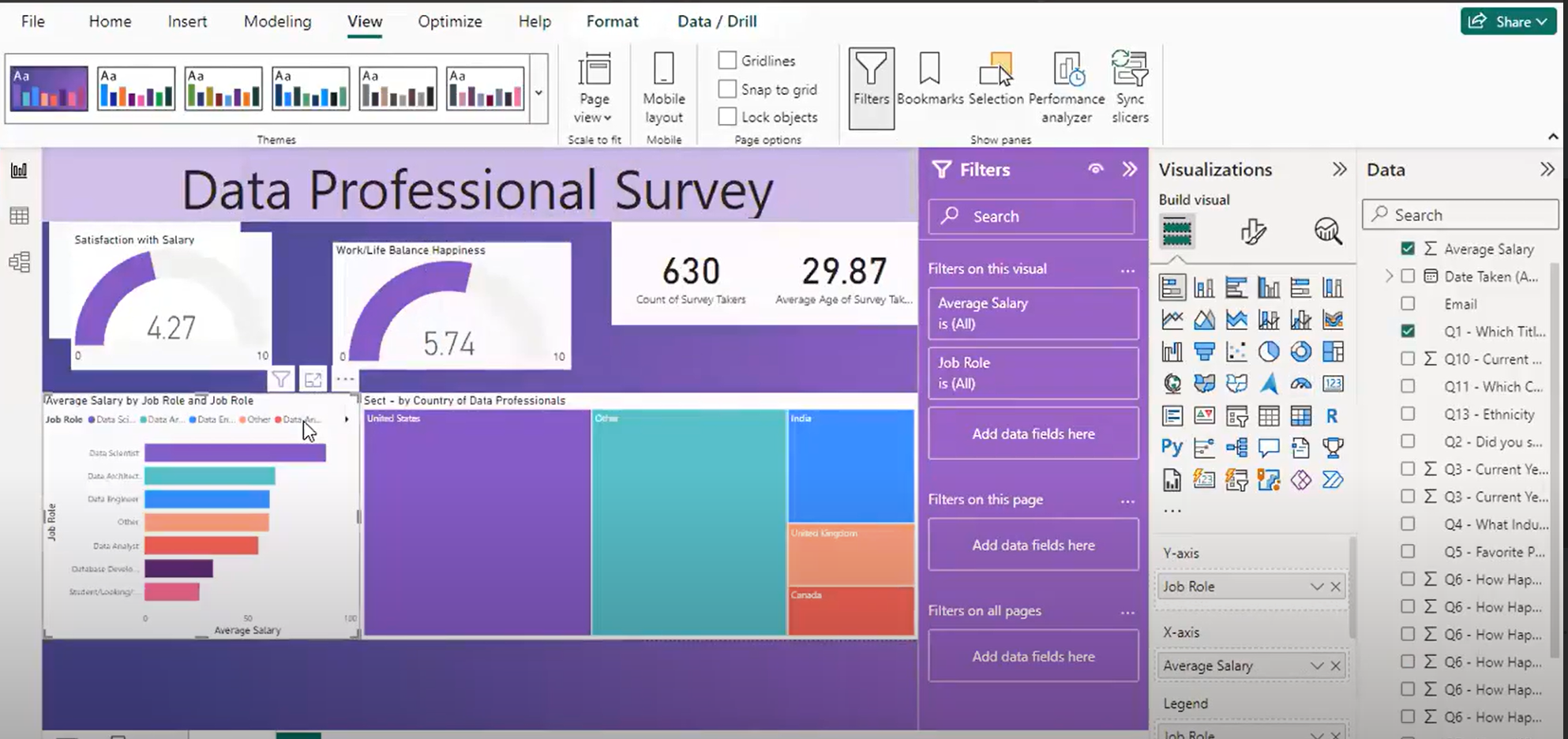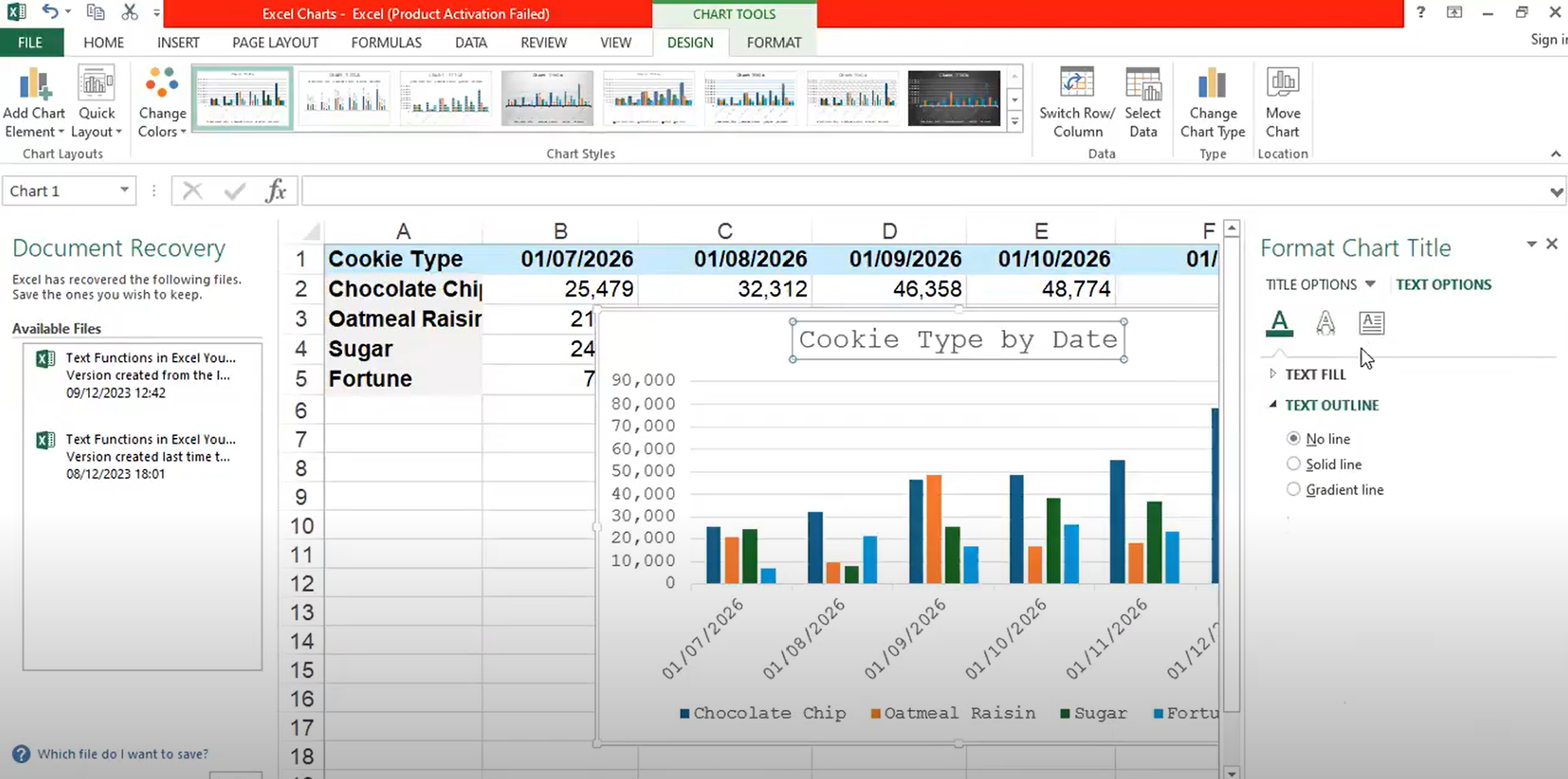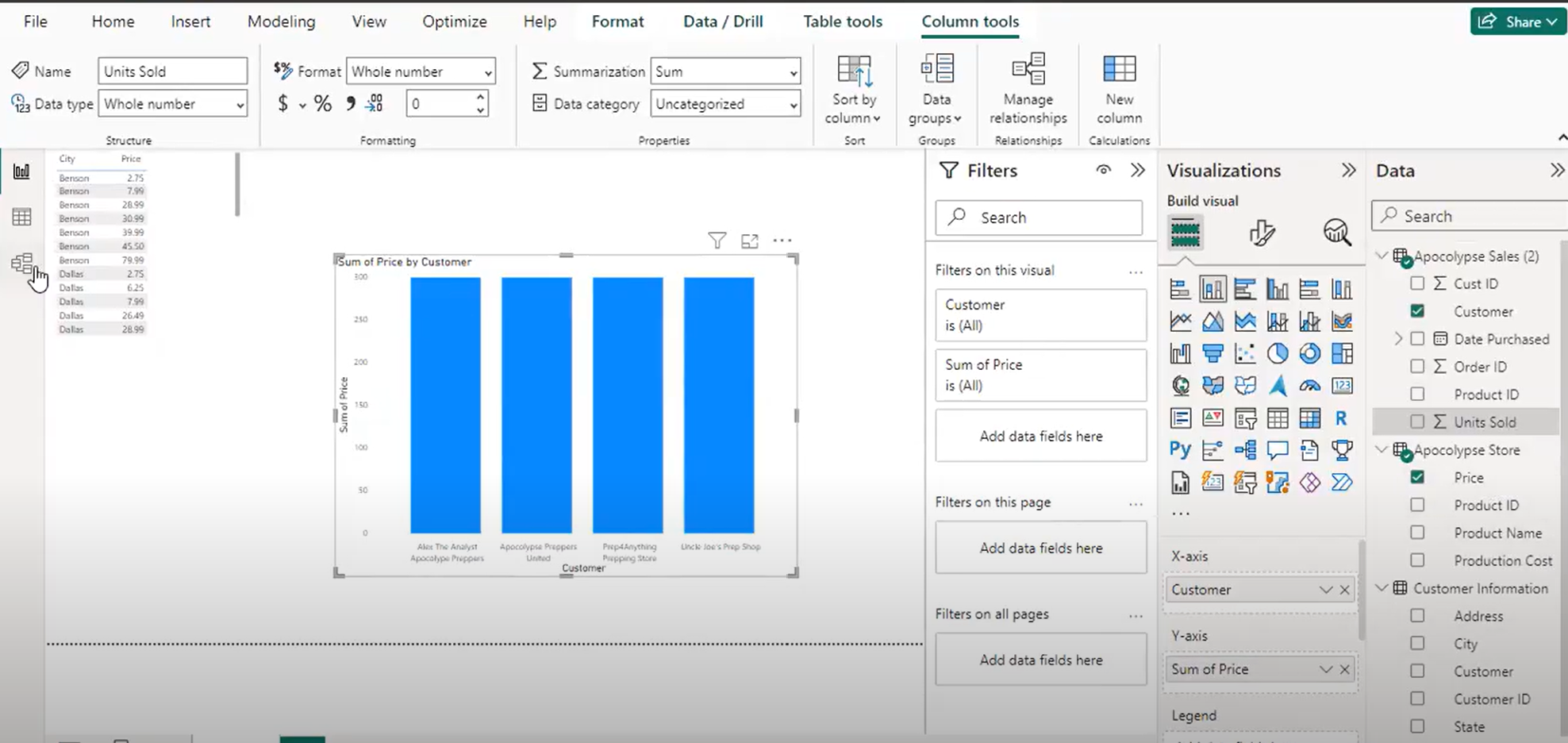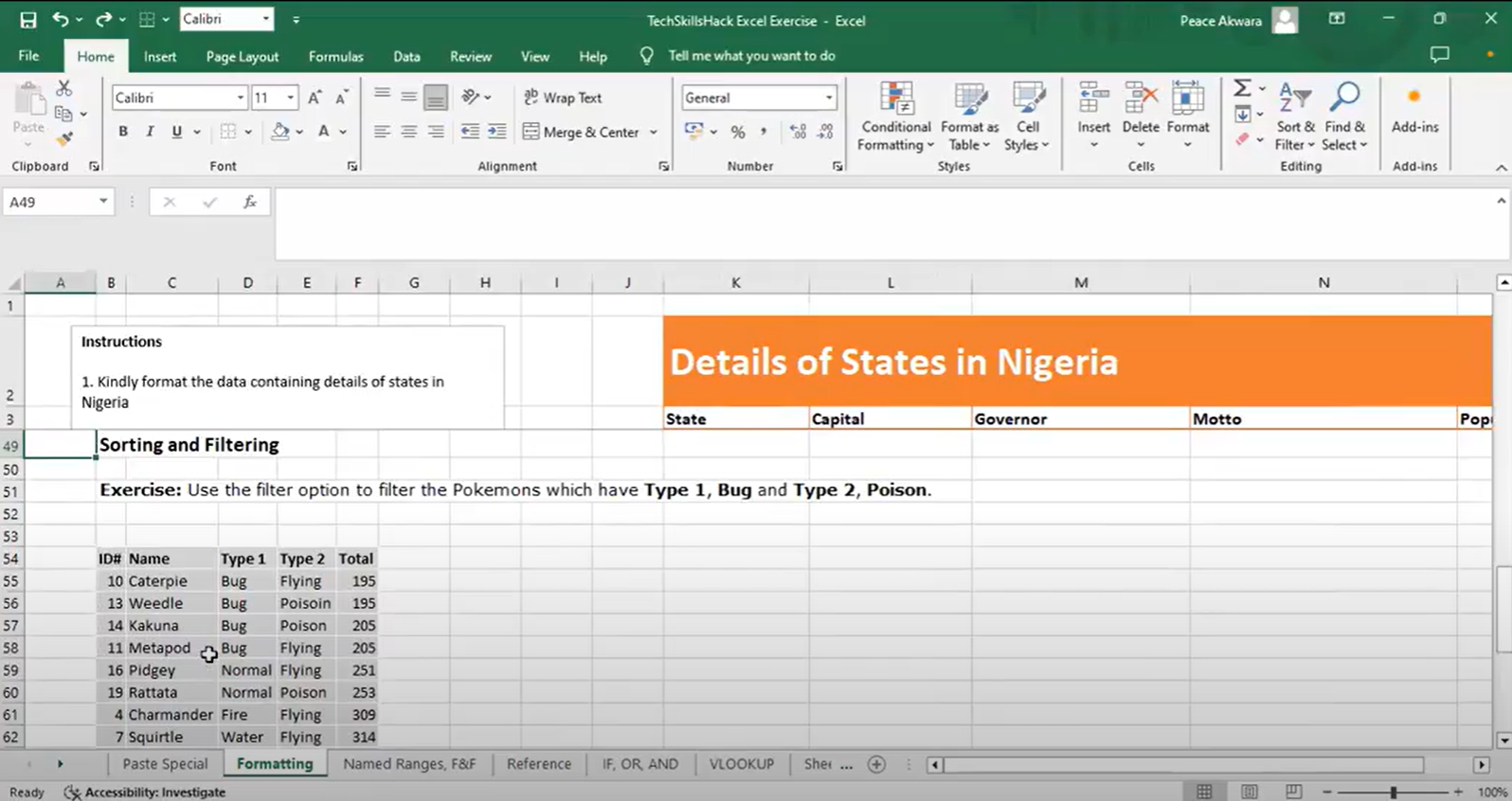A Beginner's Guide to Programming Languages in 5 easy steps.
As a beginner who is trying their hands at building websites, analyzing data, or even creating games using code, sometimes you may get confused in choosing which to settle for with so many languages out there. You may be asking yourself how to choose the perfect language as a beginner. That is exactly why you should read this guide as it will help make your journey as adventurous as possible!
Step 1: Choose your Language Wisely:
Think of choosing a language like you are picking the right tool for a job you are about to do.
Do you want to build a website? JavaScript is a beginner’s choice.
Do you want to analyze data like a detective? Python is your data-crunching sidekick.
Do you want to design apps like an artist? Swift will paint your masterpiece on iPhones.
Step 2: Meet the Languages:
See this as a brief introduction to each of these languages in other to simplify your choices:
- Python: This friendly giant is beginner-friendly, and used for everything from websites to data science. It is like coding by writing in plain English
- JavaScript: This web whiz is everywhere you look online. Master JavaScript and you’ll be building websites and interactive elements like a pro pretty easily.
- Java: Are you looking at creating big, complex projects like enterprise apps and Android games? Java, the seasoned veteran, is your guide.
- Ruby: I think when creating this language and choosing the name, the creators had “Elegance” in mind. This beautiful language, often used with Ruby on Rails, makes web development enjoyable. Plus, it prioritizes developer happiness, so coding feels less like a chore.
- Scratch: For young programmers, Just imagine a visual playground. You drag and drop colorful blocks to learn fundamental programming concepts without a single line of code, that is how Scratch works. Simple, right?
Step 3: Climb the Skill Mountain:
Not all mountains are created equal. Python’s gentle slopes are perfect for beginners, while C++ and Java might be steeper climbs. Choose a language that matches your current skill level and gradually conquer the coding peaks
Step 4: Join A Coding Community:
No adventurer goes it alone, so guys, find a language with a large, active community like Python or JavaScript. These online forums and websites are your treasure trove of advice, tutorials, and friendly faces to help you along the way. you can join Tech Skills Hack Community or communities dedicated to the language you are interested in.
Step 5: Code Your Way to Success:
The best way to learn is by doing. Choose projects that excite you, like building a simple website, analyzing movie data, or creating a mini-game. Each line of code is a step closer to your coding destiny.
Remember, choosing your first programming language is an exciting adventure you need to get right, so embrace your goals to conquer the learning curve, join the community, and most importantly, have fun coding.
The world of programming is one everyone should explore, and with the right language by your side, you’ll be building incredible things in no time.






